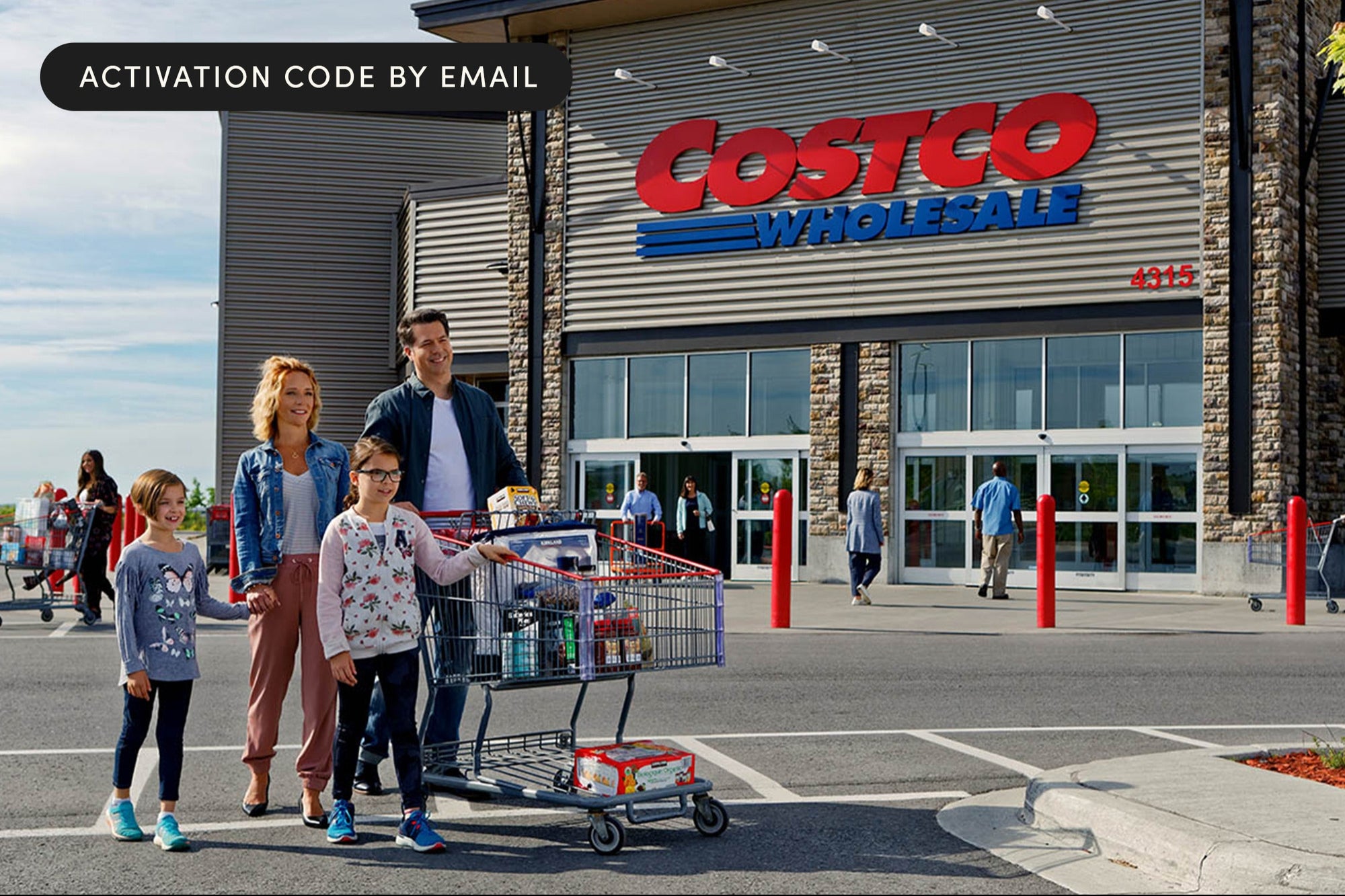The Best Social Media Marketing Tips for Your Specialty Food Business Don't underestimate the power of social media when it comes to marketing your specialty food business.
Opinions expressed by Entrepreneur contributors are their own.

The following excerpt is from The Staff of Entrepreneur Media, Inc. & Cheryl Kimball's book Start Your Own Specialty Food Business. Buy it now from Amazon | Barnes & Noble | iTunes
The Staff of Entrepreneur Media Inc. explain how you can launch a profitable specialty food business, with information on the hottest trends, insight from practicing specialty food business owners, and how you can differentiate your business. In this edited excerpt, the authors offer advice on using social media networks to promote your business.
Social media outlets present a fantastic opportunity for all specialty food business owners to meet and engage with targeted audiences full of thousands of potential customers. If used correctly, participating in social media will help your business grow through powerful word-of-mouth campaigns. Here are eight tips on using social media to your advantage:
1. Before you start any social media outreach, define your target audiences. How old are they? Do the people in your audience tend to be more female than male? What groups, organizations, or associations are they likely to join? Are they foodies? Or just people who like to eat healthy or unique foods? Think about the kind of people you market to and want to use your business -- then hang out with them via social media outlets.
2. Once your target audiences are defined, locate them online. Search Facebook, YouTube, Twitter, and Pinterest for groups, organizations, channels, or discussions that would contain the people you're looking to meet.
3. Use social media search and organizational tools to help you find your audiences. Some sites like Facebook and YouTube have great, built-in search functions that will help you find your audience. To find your audience on Twitter, try using external sites like Twibes.
4. Once you've found your audience on these sites, join their groups and lists so you can follow the ongoing conversation. Don't jump right in with a sales pitch! Listen instead. Learn the etiquette and major players. Spend some time just following along.
5. After you're familiar with the etiquette and people involved, jump into the conversation when and where appropriate. Don't hide who you are or the company you represent. Become a regular voice in the conversation and offer your friendly expertise to others. Invite people back to your website and social media accounts to see what it is you do and offer.
6. Once you're a regular voice in the conversation, don't be shy about doing a little promotion. Contests, giveaways, and raffles can be great tools for audience interaction and promotion of your products. People will love the chance to play in your contest and will invite friends to join in the fun.
7. As your audience grows, stay creative. Invent new ways to engage your audience and encourage them to invite their friends. Continue to avoid hard sales pitches. People don't forward commercials to their friends. They forward value.
8. Don't try to do everything everywhere. Focus on the top two or three social media sites that have proven to contain the largest number of people in your target audience. Remember, social media provides you with the opportunity to meet your audience -- not sell to your audience. People join these social media networks and participate for friendly interaction and the value it adds to their day. Provide that friendly interaction, and watch your audience grow.
Blogs
Blogs are typically personal and short, diary-like entries that touch on a specific topic. Perhaps you went to an event trade show and found out about a great new technique you're going to try in the next product you introduce. Or maybe you went to a seminar on whipping cream and want to share what you learned.
Like websites, there are templates, mostly free, available to make the blogging process simple -- you sign up, create your blog, write your entries, and the template sets up an archive for you. Tumblr, WordPress, and Blogger are a few more popular blog platforms. Some website template services, like Weebly, offer blogging as an option with your website.
Try to include both pictures and perhaps links to sites with further information in your blog. Again, use it to engage potential customers but don't use it as a strong selling tool. This is your chance to be personal with existing and potential clients. Give them some good information, and even if they don't become immediate customers, they may use you to cater their event or they may remember you kindly and tell their friends who are looking for a specialty food source to check out your blog.
You can link your blog to your Facebook and LinkedIn pages as well, so your friends and acquaintances on those sites will know when you've posted a new blog entry. It can appear with some initial teaser copy, enticing them to click on the link.
Facebook started as a way to communicate with your network of friends. However, not only have people always used it to promote their businesses but Facebook itself has been offering ways to make the social media platform business-friendly. And friends "like" websites that they want to support. So definitely create a Facebook page for your business but use it sparingly for directly promoting your product.
Postings to your Facebook wall might include some fun tidbits you learned about a new type of mustard or the region from which it comes, or some blooper packaging experiment you did. Check out the pages of other food-related businesses and see how they're using Facebook to their advantage.
LinkedIn is thought of as the Facebook of the business world. The general advice is to make your LinkedIn page more formal than a Facebook page might be. This is where people might go to see your resume, client list, a headshot of you.
LinkedIn is almost definitely going to be the more likely place your business is exposed to the corporate world if, for instance, your products include something that could be used for corporate gifts. However, no one can see more than the most basic information about you without your approval of a "connection" with them.
A Twitter account for your business may be best used as an extension of a blog. You can send quick messages of up to 140 characters, a "tweet," to your subscribers. "Found the greatest fair trade coffee to use in next batch of macaroons -- check the Macaroon Mania website for details!" or "Stop by the store Wednesday evening 6 to 8 for tastings of our latest chocolate bars paired with red wines from WineBar at 123 Front Street" might be messages that promote your service while also offering a benefit to readers.
While there are loads of photo-sharing social media platforms, Pinterest seems to have landed as the most useful of them all, especially for things that are particularly visual and can be well captured in a close-up photo.
When you sign up with Pinterest, you can start a pin board themed by flavor (think "spicy" or "lemon") or food (yams, beef). Friends sign on to follow your pins. If prospects are looking for an idea (holiday whoopie pies, for example), they can search the topic on Pinterest and scroll through photos gathering ideas.
Instagram is an image-driven version of Facebook (now owned by Facebook). Snap a picture and post it to your social network platforms. A key feature is that you can play with the appearance of the photo with filters. Instagram might be a good way to share images of your work or ideas that you find.
More social media outlets are coming down the pike every week. The important thing to keep in mind is to use the ones that work best for your business. Definitely don't feel like you have to be involved in all of them. And especially don't overwhelm yourself so that you're spending more time keeping up with social media tweets and posts than you are in developing new business.










